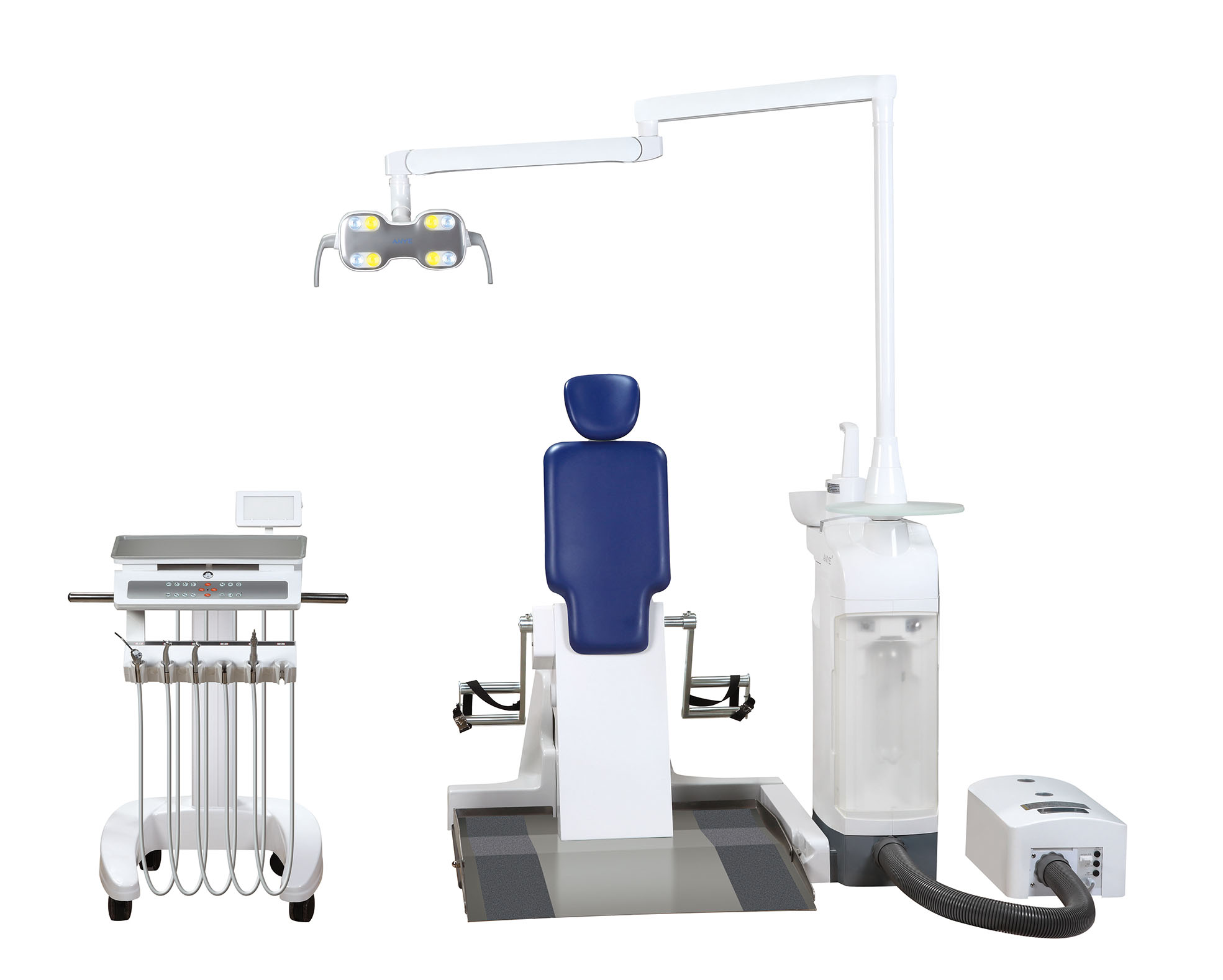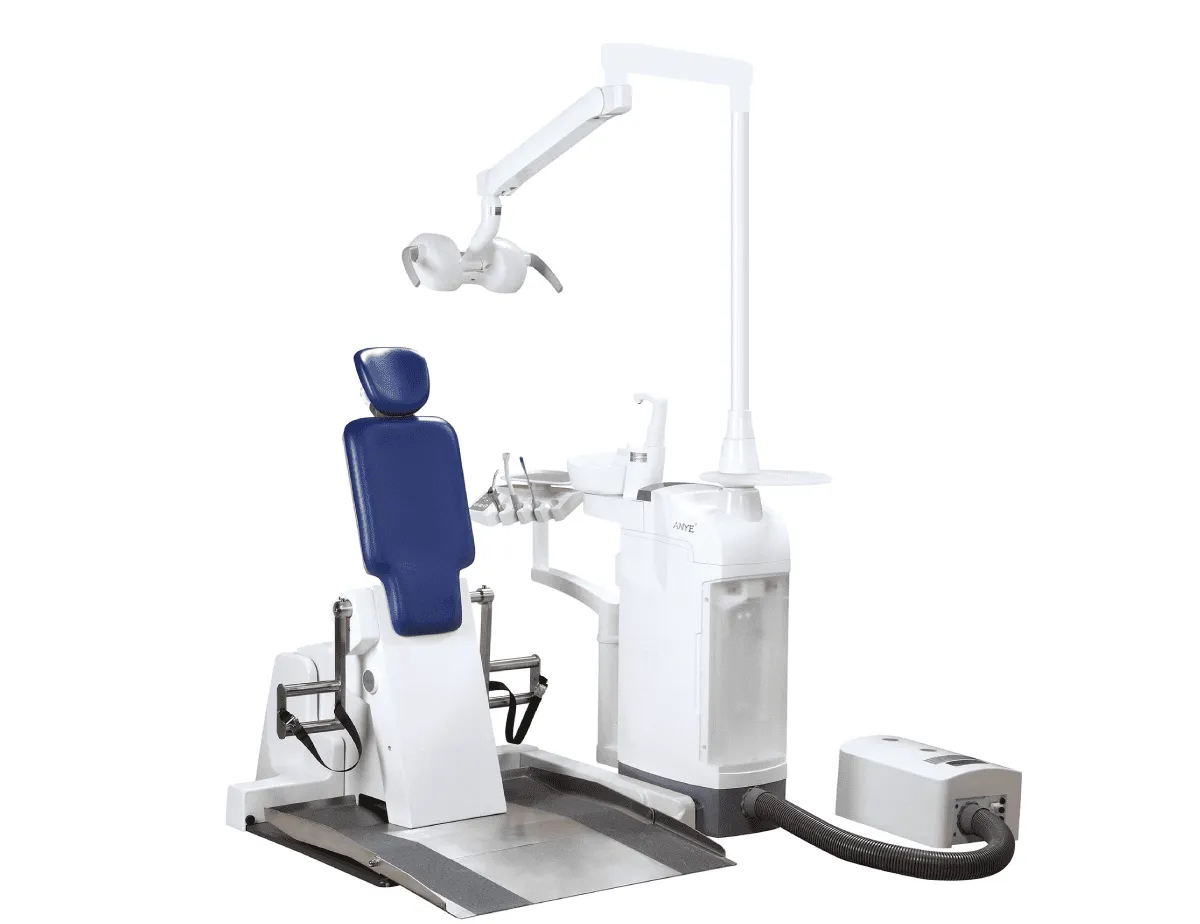Comprehensive Guide to Rehabilitation Dental Units: Transforming Oral Health and Functionality
Rehabilitation dental units are essential in enhancing oral health and functionality, particularly for patients with complex dental needs. This comprehensive guide explores the various aspects of rehabilitation dental units, their significance in oral health care, and the transformative impact they have on patients' lives.
Understanding Rehabilitation Dental Units
Rehabilitation dental units are specialized facilities designed to provide comprehensive dental care tailored to meet the needs of patients facing various oral health challenges. These units are equipped with advanced technology and tools that enable a wide range of dental procedures, including restorative, preventive, and cosmetic treatments.
Definition and Purpose
A rehabilitation dental unit serves as a mobile or stationary clinic that delivers a full spectrum of dental services. The primary aim is to restore oral health, enhance functionality, and improve the overall quality of life for patients through targeted interventions.
Types of Rehabilitation Dental Units
Rehabilitation dental units can be classified into two main types:
Mobile Dental Units: These portable clinics can be transported to various locations, making dental care accessible to underserved populations or those with mobility challenges.
Fixed Rehabilitation Units: Located within hospitals or specialized clinics, these units offer comprehensive care for patients requiring extensive treatment plans.
Importance of Oral Health in Rehabilitation
Oral health is a critical component of overall well-being. Poor oral hygiene can lead to serious health complications, including infections and systemic diseases.
Impact on Rehabilitation Outcomes
Research indicates that patients with better oral health experience improved functional recovery during rehabilitation. This includes enhanced abilities to eat, speak, and engage in daily activities. Effective oral health management can also reduce hospital stays and mitigate risks associated with poor oral hygiene.
Key Components of Rehabilitation Dental Units
Rehabilitation dental units incorporate several essential components that contribute to effective oral care.
Multidisciplinary Approach
A successful rehabilitation program often involves collaboration among various healthcare professionals:
Dentists: Lead treatment planning and execution.
Dental Hygienists: Provide preventive care and education on maintaining oral hygiene.
Medical Staff: Work alongside dental professionals to ensure comprehensive care for patients with complex medical histories.
Advanced Technology
Modern rehabilitation dental units are equipped with state-of-the-art technology that enhances treatment efficacy. Features such as digital imaging allow for precise diagnosis and treatment planning, while portable equipment facilitates procedures in non-traditional settings like hospitals or nursing homes.
Benefits of Rehabilitation Dental Units
The implementation of rehabilitation dental units offers numerous advantages that significantly enhance patient care.
Improved Access to Care
Rehabilitation dental units break down barriers to access by providing services directly where patients need them most. This is particularly beneficial for elderly patients who may have mobility issues or those with special needs requiring tailored approaches.
Enhanced Patient Outcomes
Patients receiving care through rehabilitation dental units often report better oral health due to regular access to professional care. Treatments such as implants, crowns, and dentures not only restore functionality but also improve aesthetics and self-esteem.
Cost-Effectiveness
Investing in rehabilitation dental units can lead to long-term cost savings by reducing the need for emergency treatments due to neglected oral health and preventing systemic health issues linked to poor hygiene.
Treatment Options Available in Rehabilitation Dental Units
Rehabilitation dental units provide a wide array of treatment options tailored to individual patient needs.
Restorative Procedures
These include:
- Dental Implants: To replace missing teeth and restore function.
- Crowns and Bridges: To repair damaged teeth or fill gaps caused by tooth loss.
Preventive Care
Regular check-ups and cleanings help maintain oral health by addressing issues before they escalate into more significant problems.
Ergonomic Solutions for Comfort
Acomfortable rehabilitation dental unitis crucial for patient satisfaction. The inclusion of anergonomic rehabilitation dental chairensures that patients are supported during procedures, reducing discomfort and anxiety. Aneasy-to-use rehabilitation dental chairnot only enhances the patient experience but also allows practitioners to focus on delivering high-quality care without being hindered by equipment limitations.
Challenges Faced by Rehabilitation Dental Units
Despite their benefits, rehabilitation dental units encounter several challenges that must be addressed for optimal functioning.
Resource Limitations
Many mobile units operate on tight budgets, which can limit the range of services offered. Funding from government programs or private organizations is often necessary to sustain operations.
Training Needs
Healthcare providers working within these units require specialized training in both dental procedures and the unique needs of their patient populations. Continuous education is essential for maintaining high standards of care.
Future Directions for Rehabilitation Dental Units
Looking ahead, several strategies can enhance the effectiveness of rehabilitation dental units:
Integration with Healthcare Systems
Establishing stronger connections between rehabilitation dental units and broader healthcare systems can facilitate comprehensive patient management. This includes sharing patient records among providers for coordinated care efforts.
Increased Public Awareness
Raising awareness about the importance of oral health in overall wellness can encourage more individuals to seek out services provided by rehabilitation dental units. Public campaigns highlighting success stories can also help destigmatize seeking help for oral health issues.
Conclusion
Rehabilitation dental units represent a transformative approach to improving oral health and functionality for diverse patient populations. By providing accessible, comprehensive care tailored to individual needs, these units enhance the quality of life for patients while contributing significantly to overall public health outcomes.
If you are looking to customize a comfortable rehabilitation dental unit, featuring an ergonomic rehabilitation dental chair or an easy-to-use rehabilitation dental chair, consider partnering with ANYE. Our expertise allows us to create solutions that meet your specific requirements, ensuring both patient comfort and effective treatment delivery. Reach out today to explore how we can help transform your practice!




Leave a comment